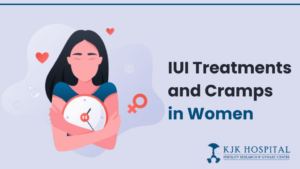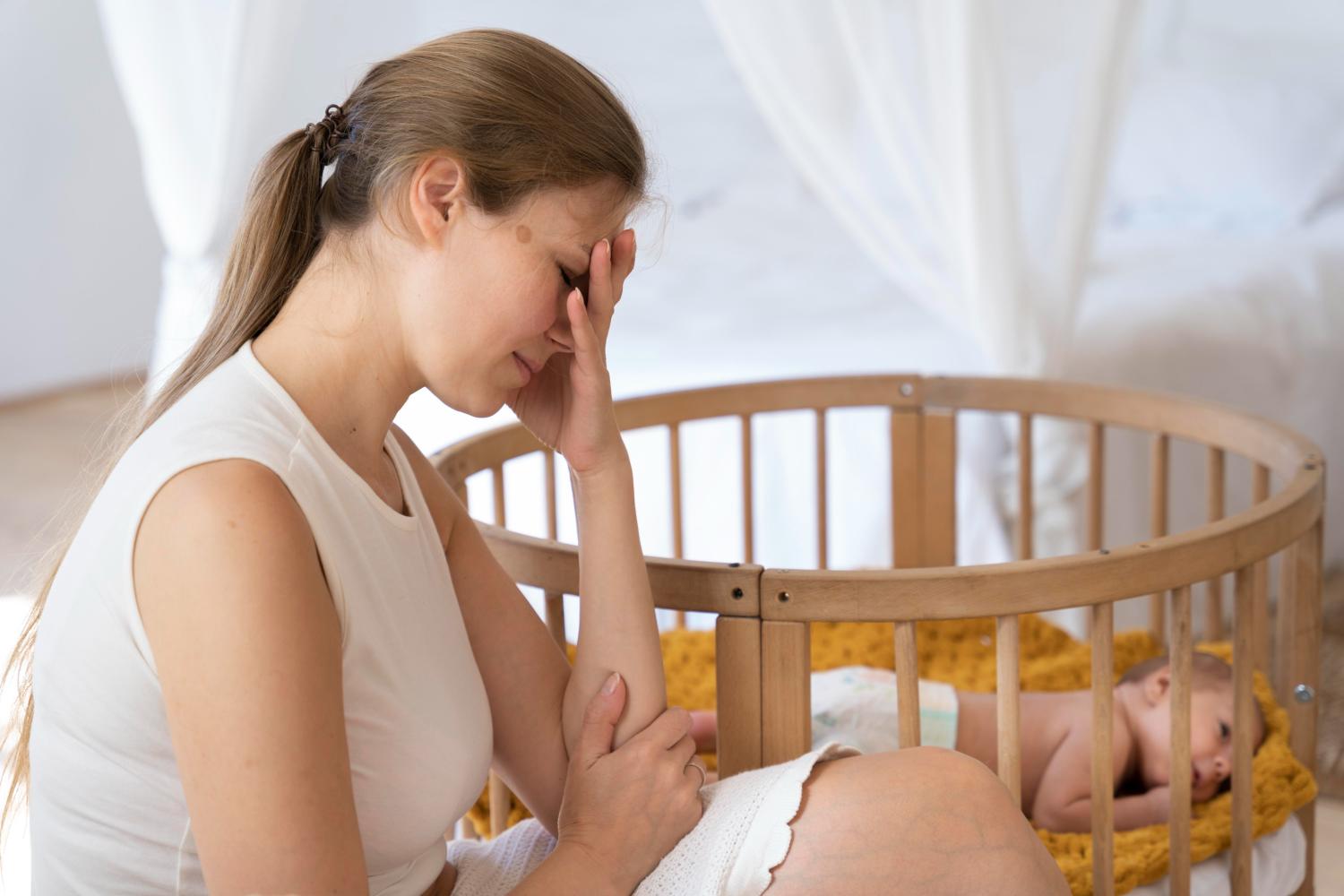
IUI is a popular reproductive procedure that aims to increase the chance of conceiving. Women typically experience cramps after that, despite the fact that it is less intrusive and less expensive than other assisted reproductive methods. It is also vital to understand the nature of these cramps and their causes for those undergoing this treatment. This blog discusses post-IUI cramping, delving into the reasons why it happens, and providing solace to those who suffer from such discomfort.
What is cramping?
A woman who has lower abdominal pain, which can range from mild to severe, is said to be cramping. These feelings are usually caused by contractions of the uterus or other muscles in the pelvic area. Some other causes of cramps in women are menstrual periods, ovulation, and some medical procedures. In terms of fertility treatments, such as IUI, cramping is one of the side effects that occur after this procedure. Women who undergo fertility procedures must learn about what cramps are, how they may arise, and their link with the treatment methods employed in those processes, because that will help them understand the impact of therapy on their bodies.

What Causes Cramping After an IUI?
Cramps after IUI are a familiar phenomenon in most women, caused by several factors relating to the procedure itself. Initially, the procedure of insertion of a catheter through the cervix into the uterus can cause irritation or mild injury to cervical and uterine tissues, resulting in cramping sensations. Moreover, the insemination of spermatozoa directly into the uterine cavity causes its contraction, which is a natural reaction directed to assist movement towards fallopian tubes but gives rise to pain.
Another possible cause is the response of the body to fertility drugs that are used in combination with IUI procedures. These drugs are aimed at stimulating ovulation and may lead to cramping because the ovaries react to these medications. Although they are usually painless and short-lived, such cramps indicate the body’s normal reaction to the procedure, as well as hormonal changes associated with female infertility treatments.
What are the early signs that IUI has worked?
Detecting the early signs of a successful IUI can be exciting but also scary for potential parents. While individual responses vary, several early indicators may indicate the effectiveness of treatment. One of the first indicators of pregnancy that many women watch out for is missed menstruation. Furthermore, early symptoms like weariness, nausea, and sore breasts could be the opposite of those linked to naturally occurring pregnancies.
Implantation bleeding is another early sign that occurs when the fertilized egg attaches itself to the uterine lining, and this may manifest as light spotting. Other women may also report changes in basal body temperature and minor cramping characteristics only for immediate post-IUI discomfort. One should also note that these symptoms are light, and not all women will experience them. In general, a positive pregnancy test and a medical professional’s confirmation are regarded as definitive proof that IUI treatment was successful.
How Long Does It Take for Implantation to Occur After IUI?
Successful pregnancy depends on the implantation phase, which happens after the IUI treatment and signifies fertilization and the attachment of the egg to the uterine endometrium. Implantation occurs 6 to 12 days after the IUI process. This phase is correlated to the natural reproduction process in which, after fertilization, a zygote travels through the fallopian tube and implants into the uterine lining.
The same cannot be said to apply to an individual as it does to another and is influenced by several factors, including the timing of IUI relative to ovulation and the speed at which a fertilized egg travels. Although some women may have slight symptoms of implantation, light spotting, or mild cramping, others might notice no signs at all. One should wait for approximately two weeks after IUI before taking a pregnancy test to determine the implantation period and hCG accumulation time that would confirm if one is pregnant.
Also Read: Does low FSH affect female fertility-treatments for improving low FSH levels
What are the early signs of a failed IUI?
The early warning signs of failed intrauterine insemination (IUI) are not easy to identify since many of the indicators look very much like symptoms in an early pregnancy or side effects from fertility treatments. Nevertheless, the most unequivocal early sign of a failed IUI is menstruation. The appearance of a period means that implantation did not take place, and the cycle ended without pregnancy.
Moreover, the lack of any usual early pregnancy symptoms like an increased sense of smell and nausea or sensitive breasts would also indicate that IUI has not worked. It is also important to note that a lack of early pregnancy symptoms does not mean a failed IUI, as some women do not have these even in successful pregnancies.
In the end, a negative pregnancy test following the two-week wait period post-IUI is as clear as an early sign that treatment did not lead to conception. People need to talk with their healthcare provider about further steps and probable causes of the treatment’s result.
Is cramping after IUI normal?
Cramping after IUI is a usual occurrence and an almost normal reaction. These cramps are often a consequence of the uterus responding to introducing a catheter for sperm transfer into the cavity. Moreover, the process can cause slight uterine contractions, which may produce cramp-like sensations. Though the intensity of discomfort may differ from person to person, these cramps are usually mild and brief.
After IUI, patients should report the discomfort they have to their healthcare provider. Even though cramping is normally considered a normal part of labor, excessive or prolonged pain can indicate other problems that may require medical assistance. The realization that mild cramping is a common occurrence during IUI provides reassurance to many individuals undergoing fertility treatments.
Conclusion
The cramp after IUI may be quite painful, but that is a normal reaction to the procedure. Knowing the causes and types of these cramps can give comfort to people undergoing fertility treatments. In our path of conception, it is necessary to identify the early signs of successful IUI, including missed periods and implantation bleeding, as well as recognize the signals that mark a failed attempt. All along the process, seeking help from medical professionals within KJK Hospital is vital. With a wide range of knowledge in reproductive health and various services, including IUI and IVF treatment under KJK Hospital, we provide priceless assistance to those who are trying to create their own families. For more information and inquiries, feel free to contact us now.
Phone number: 8921727906, 918547424080
Email ID: info@kjkhospital.com





